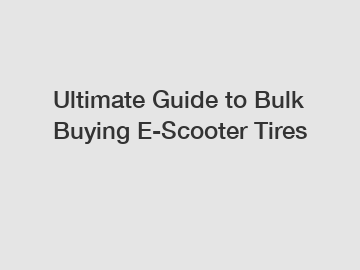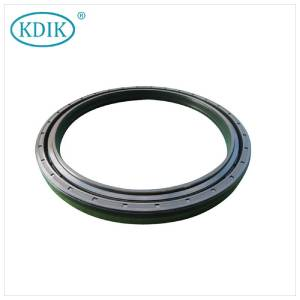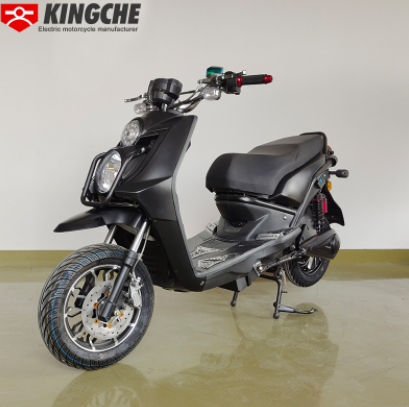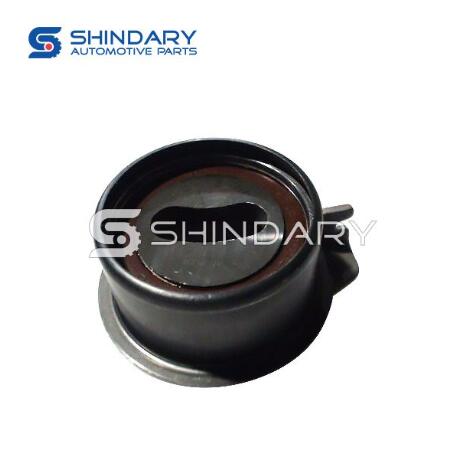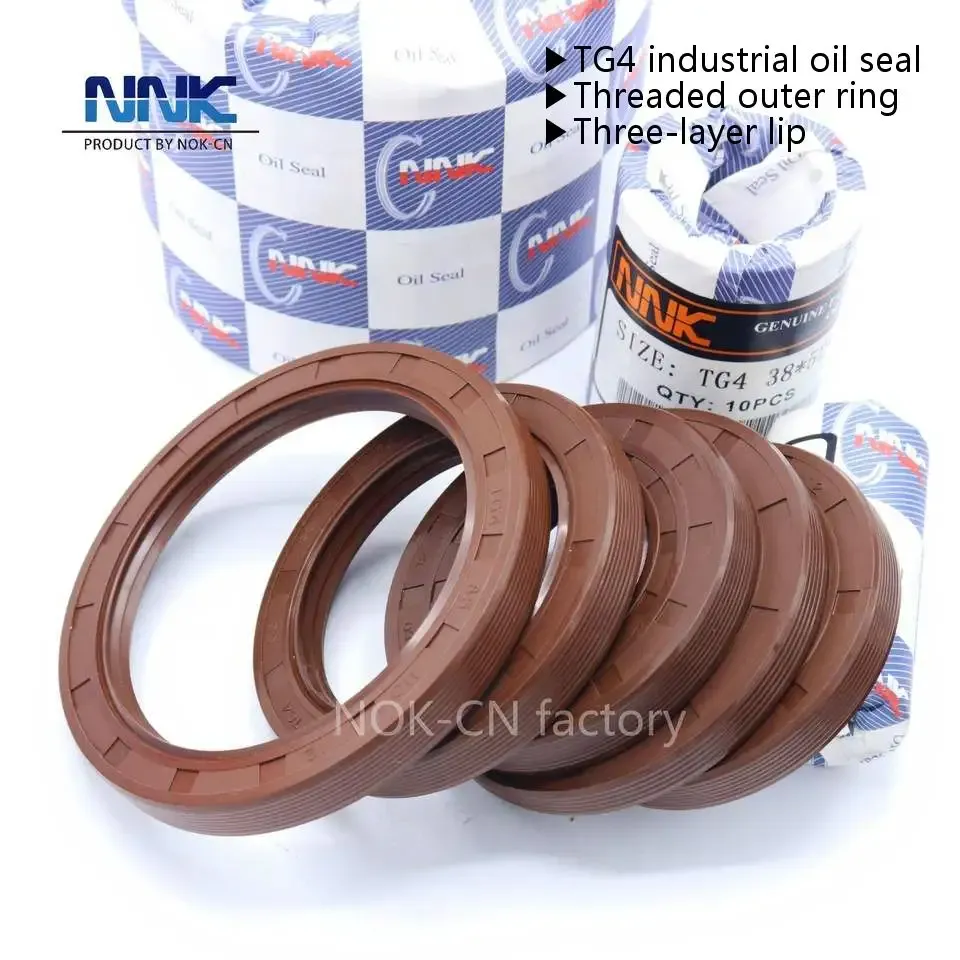Trailer Axles 101 – Terms & Measurements For Springs & ...
Trailer Axles 101 – Terms & Measurements For Springs & ...
-
Suspension Type
We often categorize axles by their suspension ' Leaf Springs, Coil Springs, Torsion, Air Ride, Rubber Compression, Axle-less, Trailing Arm, Walking Beam, and the Odd or Unique trailer suspension, etc.. There are so many types of suspension for axles (or rigid mount with no suspension at all). Follow the hyperlinks for more information on each type.
Yet, just a few are really common. In this article we'll discuss the Leaf Spring and Torsion types since they are most common. While there are many similarities, the info in this article is roughly applicable to all. Some things don't matter for one type or another, so if you're considering one of the others, just ignore those items that don't apply. Read more in the Choosing Tandems & Triples article.
-
Load Capacity
How much weight can the axle carry? Load capacity is the weight rating for the axle. That's a max, and that number usually defines the total capacity of the trailer. For multiple axles (like tandems), assuming axles are the same, simply add the capacities for a sum total.
Generally speaking, look for trailer axles with more capacity than you need. Also, be sure to match springs and tires, because the real capacity is the lesser of Axle Capacity, Spring Capacity, or Tire Capacity. Don't get caught short.
-
Mounting Position
For this discussion, Mounting Position means the measured location where axle connects to the trailer frame. For Leaf Springs it's the Spring Centers distance. That defines the mounting. For positioning the axle fore and aft on the trailer, the article on Calculating Axle Position may interest.
Because Torsion Axles don't have springs to mount, it's the bracket width (usually meaning the outside dimension of the frame members or Frame Width) that defines it's Mounting Position. Also, see below because the bracket can fit in different ways.
-
Hub Faces Distance
This is the distance ' from side to side ' between faces where the wheels mount. See the illustration.
This distance is sort of meaningless by itself, but super important relative to other things on the trailer like the clearance to the frame, the tires, and the Overall Width. It is also restricted by axle manufacturers with respect to the Mounting Position so you don't get too much or too little Overhang. Read more in the calculations section below.
-
Track Width
Looking at a front or back view of the trailer, this is the distance across the trailer between the centers of each tire track. In the illustration above, it is the same as the Hub Faces Distance. If the wheel mounting is centered in the rim, then the Track Width and Hub Faces Distance are the same. In some cases they are different.
-
Bolt Pattern (for Hubs and Wheels.)
Axle hub style is partly set by the number of lugs (bolts) for the wheels, and partly by the choice of brakes. The pattern of the lugs including how many and how far apart they are is the 'Bolt Pattern' Of course, these must match the trailer wheels you will use.
There are many bolt patterns available, so be sure the pattern of the wheels match the pattern of the axle. We call these patterns by the number of holes and the bolt circle diameter. For instance, 5 on 4.5' means 5 holes on a 4.5' bolt circle. Patterns with more lugs are for heavier loads. Read this article on bolt patterns for a lot more information. Of course, every bolt pattern has bolts, so check out this article discussing frequency in tightening trailer wheel bolts.
-
Brakes (or not)
Some trailer axles have brakes, some do not. Check your local laws and this article about brakes to know if you need them. There are a few types to choose, like Drum Brakes, or Disc Brakes, and the motive as Electric, or Hydraulic, or mechanical actuation. Electric are most common, and have good control, though surge hydraulic types are arguably easier to adapt a variety of vehicles (illegal in some areas).
-
Drop or Straight
See the illustration. A Straight Axle is what you might expect ' a straight beam with hubs at the ends. A Drop Axle just allows the trailer to sit lower, usually 4' for a leaf spring style.
Torsion style trailer axles handle the drop a little different. A lift or drop happens because of the No-Load Arm Start Angle. For some axles this is a factory setting. Others adjust. Either way, it's best to specify the desired angle when buying a torsion axle. When the angle is 'UP', then it accomplishes a small 'drop'. Conversely, if the angle is 'DOWN', it's like giving the trailer a 'lift'.
Contact us to discuss your requirements of broken axle car. Our experienced sales team can help you identify the options that best suit your needs.
Additional reading:
How do solid rubber tires benefit AGV robots?
China Electric Scooter: The Ultimate Guide to Safe and ... -
Spring Type (for Leaf Springs)
Top Hydraulic Valve Manufacturers: Choosing the Best for You
Unlock Efficiency: How the Right Axial Piston Variable Pump Manufacturer Can Solve Your Biggest Challenges
How to Choose the Right Volvo Clutch Part
Wholesale Great Wall Wingle 5 Spare Parts - SHIPE
Why Is the LOVOL Ignition Switch Overlooked?With leaf springs it's primarily Eye-Eye, or Slipper type springs. This has to do with how the springs interact with the frame for mounting. Typically Eye-Eye styles are best with lighter trailers (both single and multiple trailer axles). Then, use slipper springs for heavy, multi-axle applications. We normally choose Eye-Eye whenever practical. Obviously, with no springs, this item is not for Torsion Axles.
On this topic, it's worth noting that not all trailer axles or mounting hardware are equal. Be cautious with springs and axles that are made for a specific purpose ' like mobile home axles. Wrong assumptions about these will easily lead to big problems.
-
Spring Length (for Leaf Springs)
Yes, it's the distance for supporting the load ' like the distance from Eye to Eye on double-Eye style spring. In general, longer springs give a better ride, but that's not absolute. We recommend the longest springs that are practical for an application. For a lot more about spring length and choosing the right springs, read the article 'The Value Of Spring Length'. And of course, this does not apply to Torsions, air bags, axle-less, etc..
-
Axle Spacing (for Multiple Axles)
For Multiple Axle trailers, the distance from axle centerline to axle centerline is the axle spacing. See the side view dimension illustration above. While mounting hardware has an effect, Spring Length will largely dictate the axle spacing. Some standards exist, like 33' or 35'. Generally it's good to stick with the standards, and the recommended parts ' springs, spring hangers, equalizer, etc.. Follow the manufacturer's instructions ' and make sure you get the right stuff for proper Tire Space.
See this Equalizer Action Article for an animation of tandem axles in action. Also, to learn more about various equalizer link styles.
While leaf springs are the most common for multiple axles, they are not the only way. We do recommend they link in some way ' mechanically, hydraulically, pneumatically, or other ' to share the load. (See Independent suspension below.)
-
Overslung or Underslung
Since it's easier to illustrate than to explain, the image shows a pair of trailer axles ' one with the springs mounted on top (or Overslung), and one with the springs mounted underneath (or Underslung). This makes a big difference in trailer bed height. It also affects stability in a smaller way. Read more about the differences and the effects in this Article on Overslung and Underslung mounting.
While these terms usually mean Leaf Spring axles, they sometimes apply with less common suspension types too.
For torsion axles, the option that is somewhat similar is 'High or Low' brackets and 'Inside or Outside' brackets. See the illustrations near the end of this article for more info on Torsion Axle brackets.
-
Wheel and Tire Size
Though technically not an axle part, choices about trailer wheels, including the Tire Type are very interrelated. See Bolt Patterns above. Also, the Tire Width and Capacity must fit the application. Both Wheel and Tire load capacities should exceed that of the axle. Read the post about Tires.
-
Axle Camber
Camber amounts to a slight bend in the axle which helps the trailer track the highway a little better. It's a little tweak that helps tracking and tire wear. In general this is good if you'll be on the highway a lot, but not necessary if the trailer is for short, local trips. The image below shows a grossly exaggerated illustration of axle camber. Order axles either with or without camber.
-
Do I Need Shock Absorbers?
The question of shock absorbers comes up fairly frequently, especially in DIY. Of course, if you are building a trailer, you want the best, so asking the question is a good thing. But, we don't usually see shocks on trailers. We cover this topic in a lot of detail in the Trailer Shock Absorbers Article.
-
Independent Trailer Suspension
By definition, independent suspension means each wheel responds to road conditions without connection to another wheel. There are many styles, including the torsion axle. For single trailer axles, there can be some small advantages. For multiple axles ' While this is good for cars, it is not for trailers. For more information, read this article about Torsion Axles in Tandem or Triple, and see the videos and tech explanation in this one talking about Independent Suspension for both single and multiple trailer axles.
I'll just drop by the parts store and grab an axle . . . . Well, trailer axles are not quite that simple, but knowing a few important details, we can certainly get the right one. Here's a quick guide to trailer axles' how they fit a trailer, and the features that make them serve the various applications well. They're not complicated, but fitting the needs is a little more than picking a coffee mug to fit your personality.
For more information, please visit trailer axle with disc brakes.
For most DIY trailer builds, we recommend that you order the right axle for your needs. Sure, sometimes you can find an axle off-the-shelf at a store (or online), but, will it have all the options you want? Will a 'standard' size axle fit the functions of the trailer you want?
Axles (including the wheels and tires) have several key bits of defining information. The list below has the big ones, while the images give a visual to go with the words. There are also links with some items to other articles where more detail is available. Items in Bold are in the dimension illustrations.
Disc brakes? - Mechanical & Technical Tips
Create an account or sign in to comment
You need to be a member in order to leave a comment
Create an account
Sign up for a new account in our community. It's easy!
Register a new accountSign in
Already have an account? Sign in here.
For more automatic slack adjuster typesinformation, please contact us. We will provide professional answers.
Sign In NowWhy Choose Alabandite Grey Car Wrap?
Embracing the Elegance: Chalk Grey Home Decor
How Does color flip wrap suppliers Work?
Labor cost to install new rear coil springs on a 2022 trd off road?
Which Parmor products are worth trying?
How Does navy blue Work?
Hyundai VIN Lookup & Number Decoder




